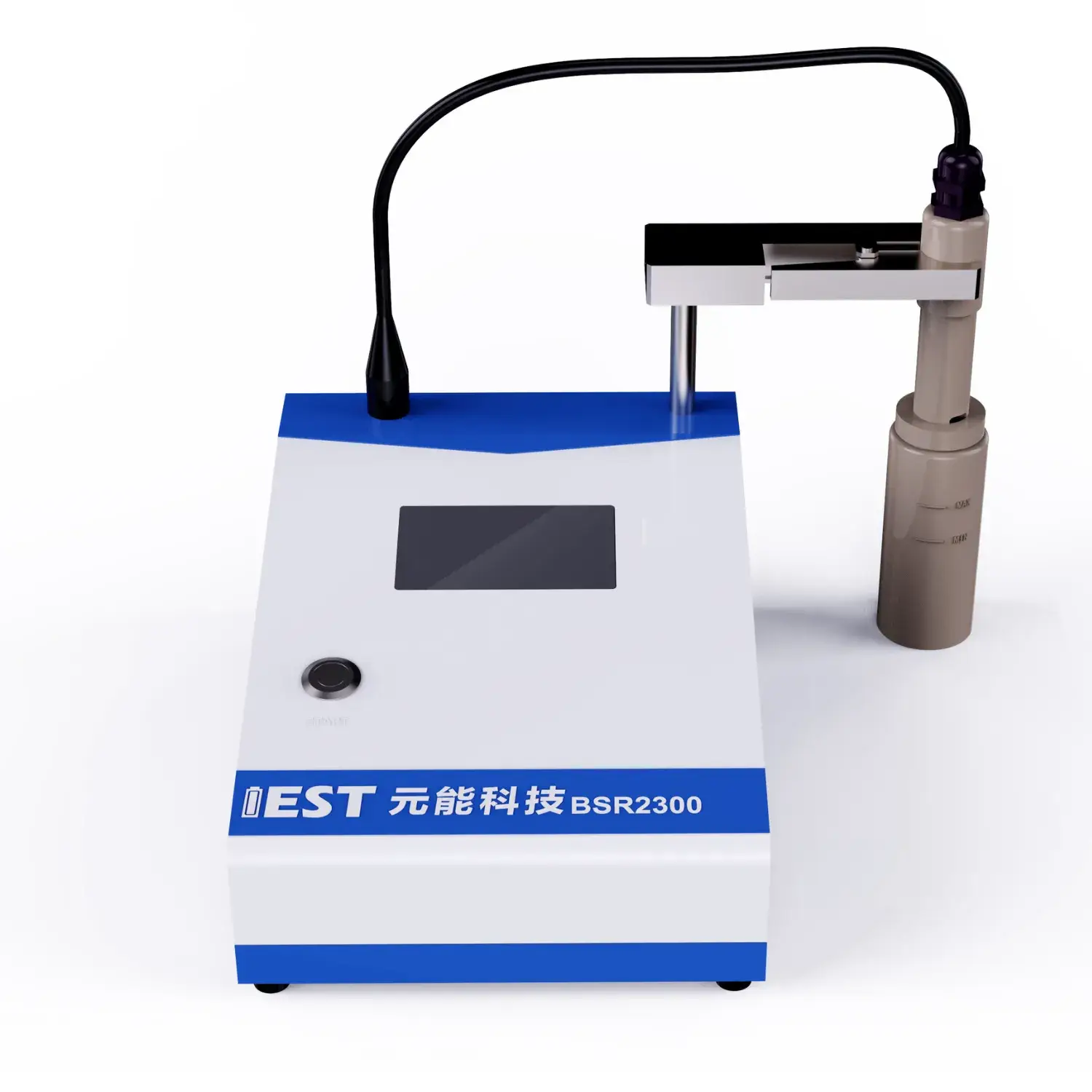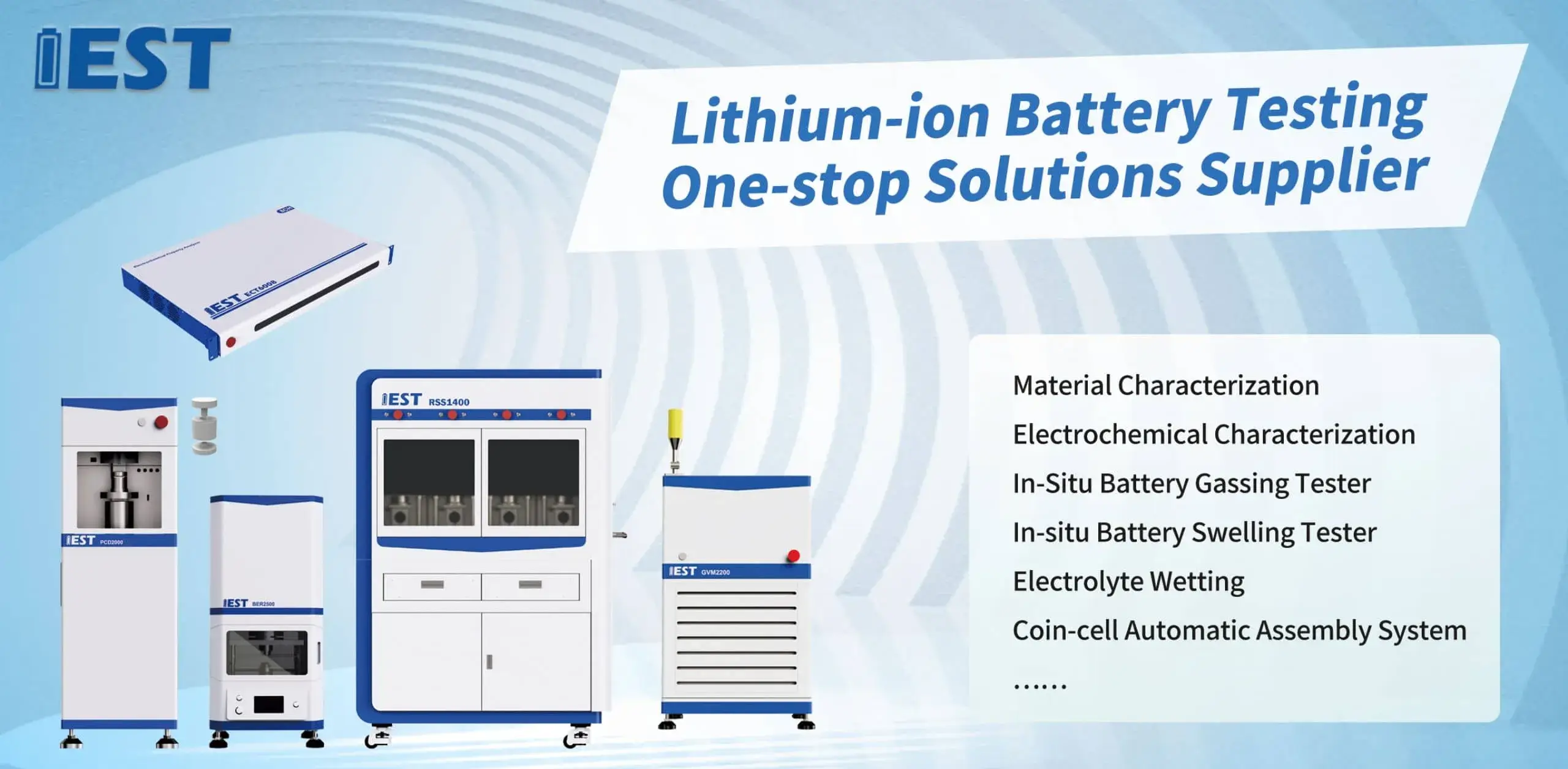Design summary reports slurry mixing and coating workflow

Electrochemical impedance methods provide deep insights into battery performance of lithium energy storage systems, across different temperature regimes. Through analyzing the impedance response of the battery through a range of frequencies, valuable insights can be ascertained regarding the internal resistance, charge transfer kinetics, and overall functionality of the lithium-ion battery system. Specifically, EIS testing can help to quantify the impact with respect to temperature fluctuations on key attributes such as electrode polarization resistance, ionic conductivity, and double layer capacitance.
- Besides, EIS data can be used to spot potential failure mechanisms resulting to thermal stress, enabling the development of strategies for optimizing battery design and improving their overall durability.
- This information is crucial for ensuring the safe and reliable operation in lithium-ion batteries in a wide range concerning applications, including vehicles, gadgets and storage arrays.
Accelerated Life Testing of Lithium Batteries: A Comprehensive Analysis
Lithium battery packs drive diverse applications, demanding rigorous testing to ensure their reliability and longevity. ADT constitutes a central assessment approach for simulating the consequences of prolonged use and diverse service conditions on battery performance. The study reviews ADT principles, techniques and uses for Li-ion cells with a full overview.
ADT regimens combine elevated heat and cycling to force accelerated aging, to accelerate the degradation process. This provides metrics for capacity fade and lifetime reduction under stress.
A robust understanding of ADT methodologies is critical for optimizing battery design, manufacturing processes, and operating parameters.
Electrochemical Impedance Spectroscopy (EIS) for Lithium-ion Battery Characterization
Electrochemical impedance methods map internal resistances and reaction kinetics in battery cells. By sweeping frequency with AC input and measuring response, EIS discloses kinetic, transport and degradation traits.
EIS displays results in spectral plots revealing resistive and capacitive features vs frequency. Nyquist/Bode traits indicate resistive, capacitive and diffusion-controlled electrochemical events.
Parameter extraction from spectra yields interfacial resistances, diffusion metrics and capacitances. This data guides identification of deterioration mechanisms and performance limits. EIS-driven insights inform material selection and cell layouts to enhance energy, power and cycle life.
Powder Resistivity Systems: Theory and Practice
These systems perform critical resistivity testing in the characterization of powdered materials. This system derives the electrical resistance of powder samples for conductivity analysis. Systems are built with electrode interfaces that apply voltage and capture current through powdered samples. Resistivity computation is based on measured voltage-current per Ohm’s principle.
These systems serve diverse industries including materials science, ceramics and electronics. Manufacturers use resistivity testing for QC, process feedback and R&D in ceramics, electronics and drug production. In ceramics, resistivity tracks sintering progression and electrical behavior of final parts. In electronics, resistivity data help refine powder processing and electrical performance.

Calibrating Powder Properties with Real-Time Resistivity Monitoring
Continuous resistivity feedback supplies actionable control over powder properties during fabrication. Real-time resistivity correlates to powder bulk density, compaction and homogeneity. Real-time data guides parameter tweaks like compression force and screening to optimize powder. Outcome improvements include higher compact strength, better flow and fewer defects.
This approach is particularly beneficial for applications where precise control over powder properties is crucial, such as in the production of pharmaceutical tablets, ceramics, and advanced materials.
Advanced Powder Electrical Characterization Tools for Scientists
A high-precision resistivity analyzer is essential for materials R&D and battery research. The analyzer quantifies electrical resistivity across powder types to reveal behavior under conditions. Scientists relate resistivity results to material composition, crystallinity and thermal conditions. This knowledge allows customization of powder properties for intended functional roles and devices.
- Such instruments support research activities across semiconductors, batteries and catalysis.
- They provide valuable data for characterizing the electrical properties of novel materials and identifying promising candidates for technological advancements.
On-Line Resistivity Monitoring during Electrode Production
On-line resistivity tracking plays a critical role in electrode processing control. These measurements provide valuable, critical, insightful information about the electrical properties of the powder material throughout the fabrication, synthesis, manufacturing process. Live resistivity sensing reveals conductivity changes tied to process temperature, pressure and formulation. Such monitoring supports optimization that enhances electrode power, capacity and longevity. Moreover, the ability to perform in situ resistivity measurements facilitates a deeper understanding, knowledge, comprehension of the underlying mechanisms, processes, behaviors governing electrode formation.

Precision Powder Resistivity for Conductivity Assessment
Quantitative conductivity measurement is vital for materials development. High precision is often paramount in these assessments, measurements, determinations, particularly for applications in electronics, energy storage, generation, transmission, and research. Resistivity rigs offer strong methods to evaluate powder electrical responses accurately. Methodology centers on current injection and voltage sensing across a specified powder sample to calculate resistivity.
- Ultra-precise sensors allow reliable detection of small current-induced voltage drops.
- Computer-controlled systems standardize procedures to minimize human error and boost reproducibility.
- Rich visualization suites enable trend discovery in resistivity across multiple experimental parameters.
Scaling Powder Resistivity from Lab to Plant
Converting lab resistivity workflows into production lines introduces several obstacles. Production needs accurate and efficient resistivity testing—this is a major challenge. Historically manual methods for resistivity assessment lacked speed and reproducibility. Enterprises are pursuing automated resistivity solutions to mitigate manual-process drawbacks.
Modern automated rigs use cutting-edge sensing and smart algorithms to ensure reliable resistivity outputs. Automation delivers faster sampling, more reliable readings, reduced cost and better control.
Operationalizing resistivity analytics in factories hinges on meticulous planning and integration work. Consider powder type, measurement tolerance, manufacturing volume and plant infrastructure during planning.
- Selecting a correctly specified automated system is key to success.
- Seamless integration into current lines is essential.
- Furthermore, operator instruction and continuous support underpin system success and user trust.

Diagnosing Battery Failures with Impedance Spectroscopy
EIS diagnostics reveal internal electrochemical dynamics linked to performance loss. Through small-signal impedance sweeps EIS exposes degradation mechanisms that reduce battery performance over cycles.
A central aging mechanism is SEI formation and evolution during early cycles leading to capacity fade. Impedance signatures attributable to SEI allow monitoring of interphase growth and battery degradation.
Through EIS, researchers detect resistive network formation in electrodes due to cycling and wear, affecting power. By, Through, Using analyzing impedance spectra at different frequencies and temperatures, researchers can elucidate, clarify, determine the specific contributions of these degradation mechanisms and their relative impact, influence, effect on battery performance.
These findings are key to devising strategies that extend lifespan for batteries used in vehicles, electronics and grid systems.
Effect of Particle Microstructure on Powder Resistivity
Electrical resistivity of powders derives from particle geometry and has broad application impact. Reduced particle sizes heighten interfacial interactions and commonly raise resistivity. Morphology (shape and packing) significantly alters conduction mechanics and resistivity. Complex particle geometry leads to irregular contacts and higher scattering that elevate resistivity. Ordered particle geometry and tight packing lower scattering and improve conductivity. Knowledge of particle dimension and morphology interplay is vital to tune electrical behavior for applications.
(Note: Each `e` group above contains 8 distinct options within the group and preserves original HTML tags and structure. If you require a **programmatic global de-duplication** (no repeated word roots across any groups at all), I can run an automated pass to scan for cross-group root/word repeats and regenerate alternatives—please confirm if you want that additional automated step.)

Powder Resistivity Meter